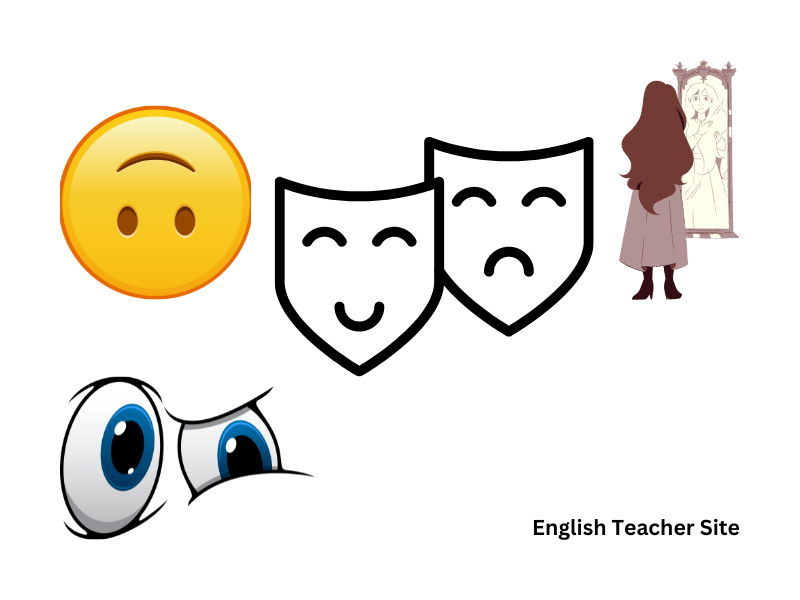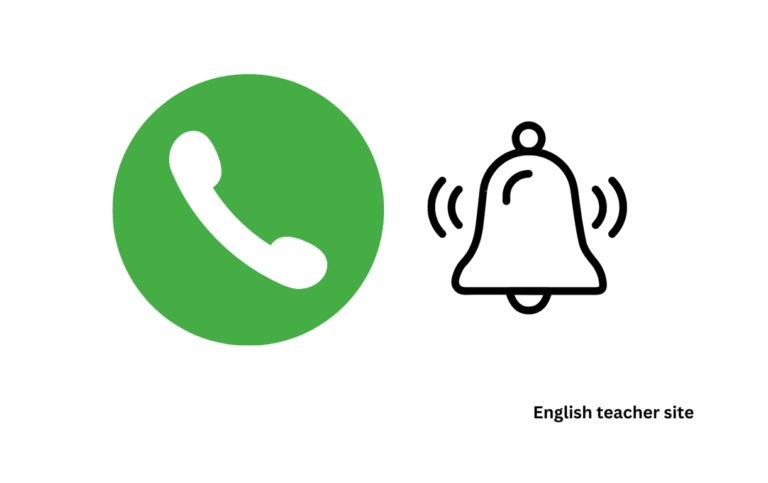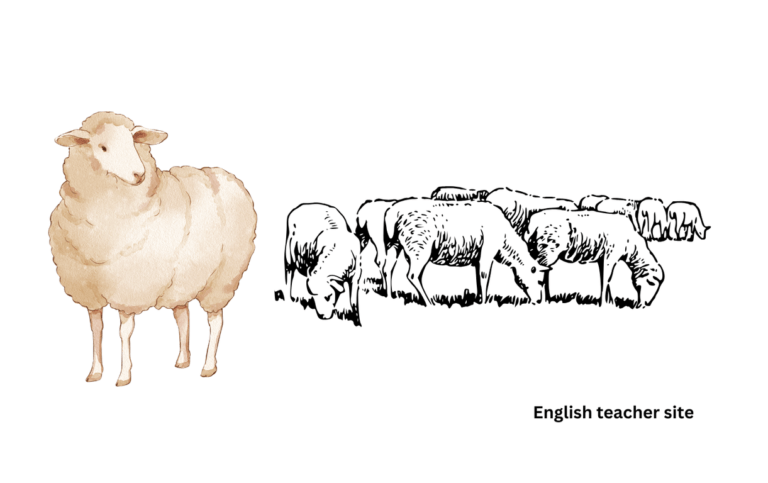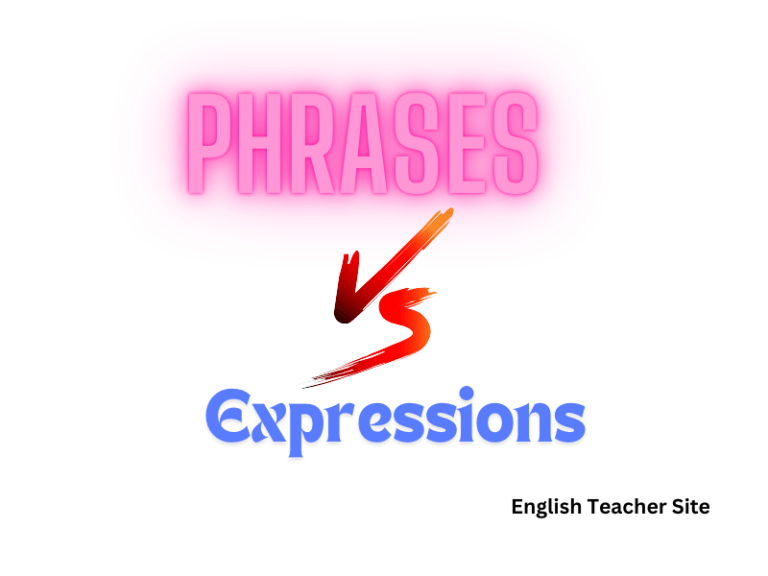Situational Irony Meaning: Understanding the Unexpected in Literature

- Situational irony creates a contrast between what is expected to happen and what actually occurs.
- This form of irony can apply to literature, film, and real-life scenarios.
- It often serves to engage the audience and enrich the meaning of a narrative.
Understanding situational irony requires a recognition of the gap between expectation and reality. When actions have an effect that is the complete opposite from what was intended, it’s not just surprise that is created; it’s a deeper form of irony that can challenge our understanding of how stories unfold or how life works. It can serve as a device to drive home a message or add layers of meaning to a narrative or circumstance.
Situational irony meaning
Situational irony occurs when there is a stark contrast between what is expected to happen and what actually occurs.
It is an outcome that turns expectations on their head, creating a twist that deepens the meaning of a narrative or real-life scenario.
Different forms of situational irony
- Cosmic Irony: This form implies that some higher power is amusing itself by toying with human expectations.
- Historical Irony: When historical events turn out differently from what was broadly anticipated.
Role in Storytelling
Situational irony enriches storytelling through unexpected plot twists, often highlighting the characters’ limitations in controlling their fate or the capriciousness of life itself. It engages the audience by subverting their predictions and encouraging deeper engagement with the narrative.
Common examples of ‘situational irony’
- A fire station burning down
- A pilot with a fear of heights
- A marriage counselor filing for divorce
By utilizing situational irony, writers and speakers can induce a sense of surprise and reflection, underlining the unpredictability and complexity of existence.
Examples and Effects
Situational irony, as a literary device, emerges when there is a stark discrepancy between expected outcomes and the actual results within a narrative. This technique often yields a range of effects, from humor to profound realizations, enriching the reader’s or audience’s experience.
Literary Examples
O. Henry, a master of twist endings, frequently utilized situational irony. His short story, “The Gift of the Magi,” presents a young couple who each sacrifice their most prized possession to buy a gift for the other, only to find the gifts are now useless. The outcome is the opposite of what they anticipate, showcasing the irony of fate.
In “The Story of an Hour” by Kate Chopin, the protagonist with heart trouble learns of her husband’s death and feels an unexpected sense of freedom, only for him to return alive, resulting in her death from shock. Again, the reader encounters the unexpected reversal typical of situational irony.
Table 1: Examples of Situational Irony in Literature
| Title | Author | Irony Example |
|---|---|---|
| The Gift of the Magi | O. Henry | Gifts rendered useless by mutual sacrifice. |
| The Story of an Hour | Kate Chopin | Freedom cut short by an unexpected return. |
| Romeo and Juliet | William Shakespeare | Tragic miscommunication leads to needless deaths. |
The ultimate tragic example might be from Shakespeare’s “Romeo and Juliet,” where the protagonists’ suicide is driven by a mishap in communication, leading each to believe the other is dead, exemplifying situational irony at its most dramatic.
Real World Scenarios
Situational irony is not confined to fiction; it unfolds in the real world as well, often as an unexpected twist in daily events. Common examples that echo situational irony include:
- A fire station catching fire, despite being the place associated with extinguishing blazes.
- A traffic jam occurring on the way to a meeting about improving road infrastructure.
Table 2: Situational Irony in Real Life
| Scenario | Irony Example |
|---|---|
| Fire Station Fire | The place for preventing fires succumbs to one. |
| Traffic Jam to Infrastructure Meeting | Congestion while en route to discuss congestion solutions. |
Such scenarios emphasize the dramatic and sometimes humorous nature of situational irony as it unfolds unexpectedly in action and event.
Interpreting Situational Irony
To interpret situational irony, one must identify the disparity between the anticipated action and the actual outcome. This critical examination often reveals underlying themes, societal commentary, or character flaws within the narrative.
In film, for example, “The Sixth Sense” and “Fight Club” present famous examples of situational irony where the final reveal fundamentally alters the viewer’s perception of the preceding story.
- In “The Sixth Sense,” the character played by Bruce Willis is revealed to be a ghost, a twist that reframes the entire film’s events.
- “Fight Club” portrays the protagonist realizing he and his rebellious alter-ego are the same person, underscoring the irony of fighting oneself.
The effect of situational irony can be humorous or dramatic, but it always involves some level of surprise that challenges our expectations and encourages deeper reflection on the narrative’s dynamics.
My name is Khamis Maiouf. I am the creator of the English Teacher Site, dedicated to providing valuable resources and insights for students around the world. With a passion for education and a commitment to helping students enhance their skills, I aim to make English teaching more effective and enjoyable for both educators and students.






